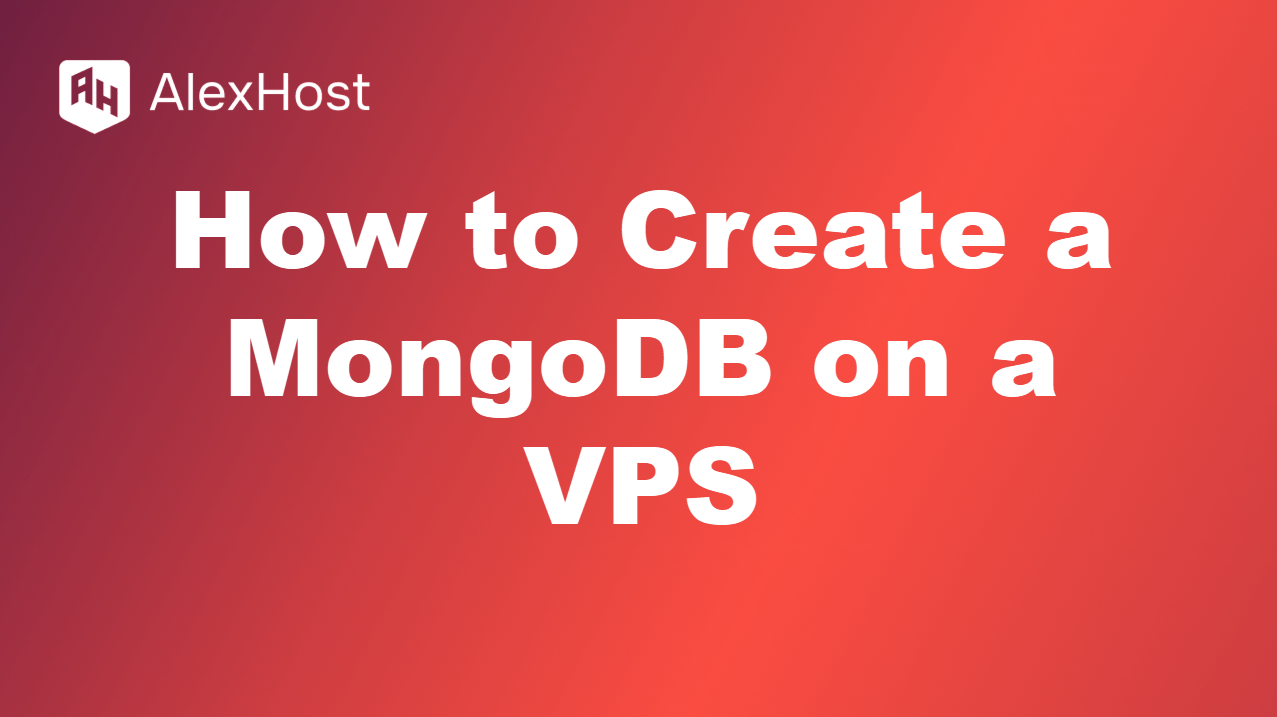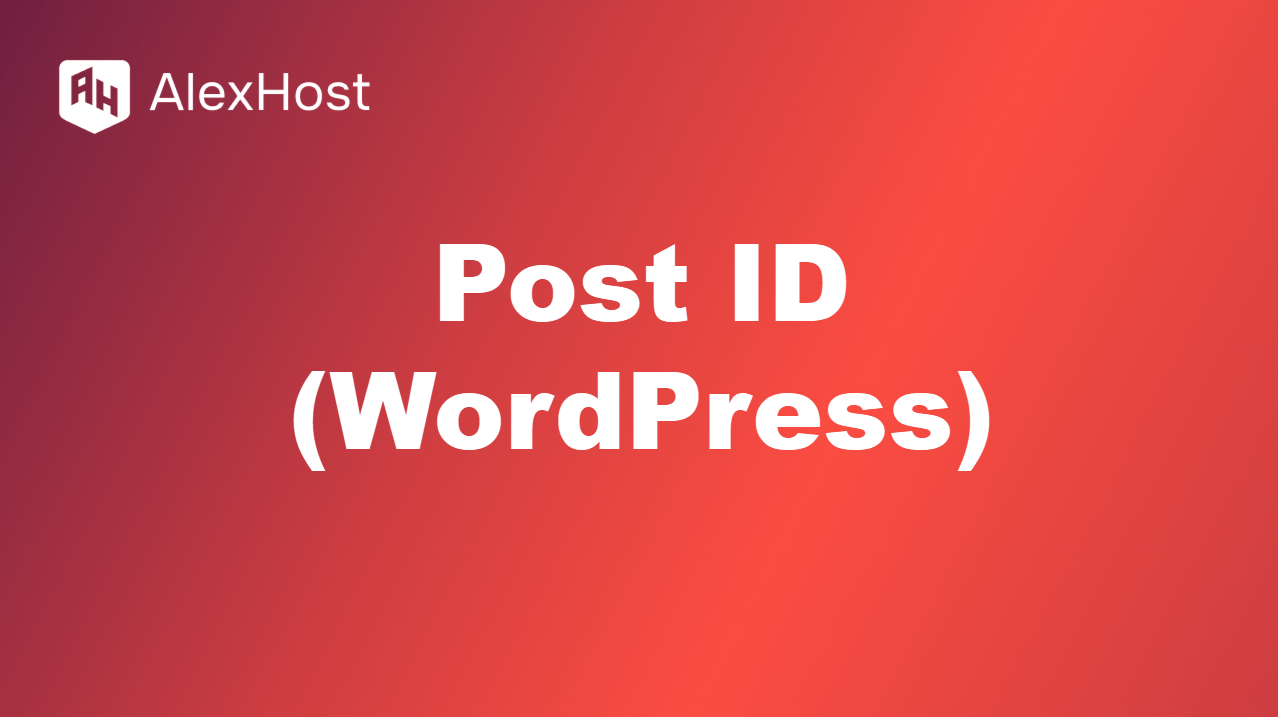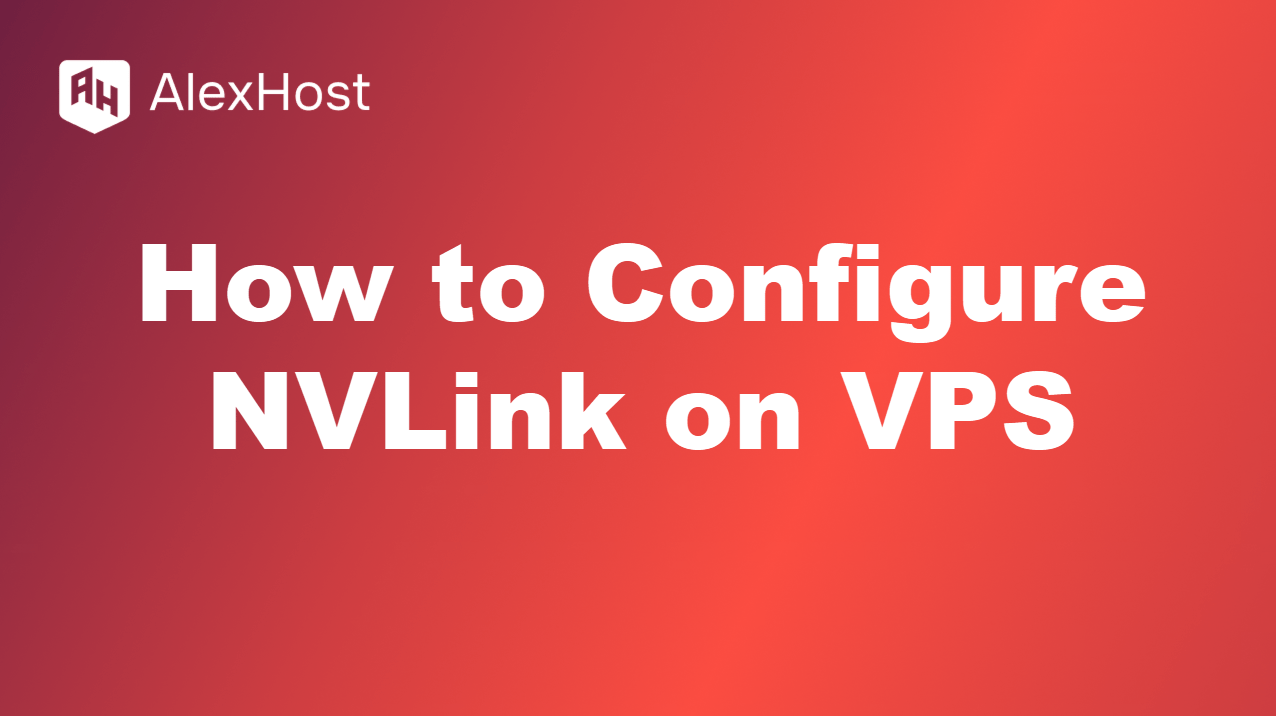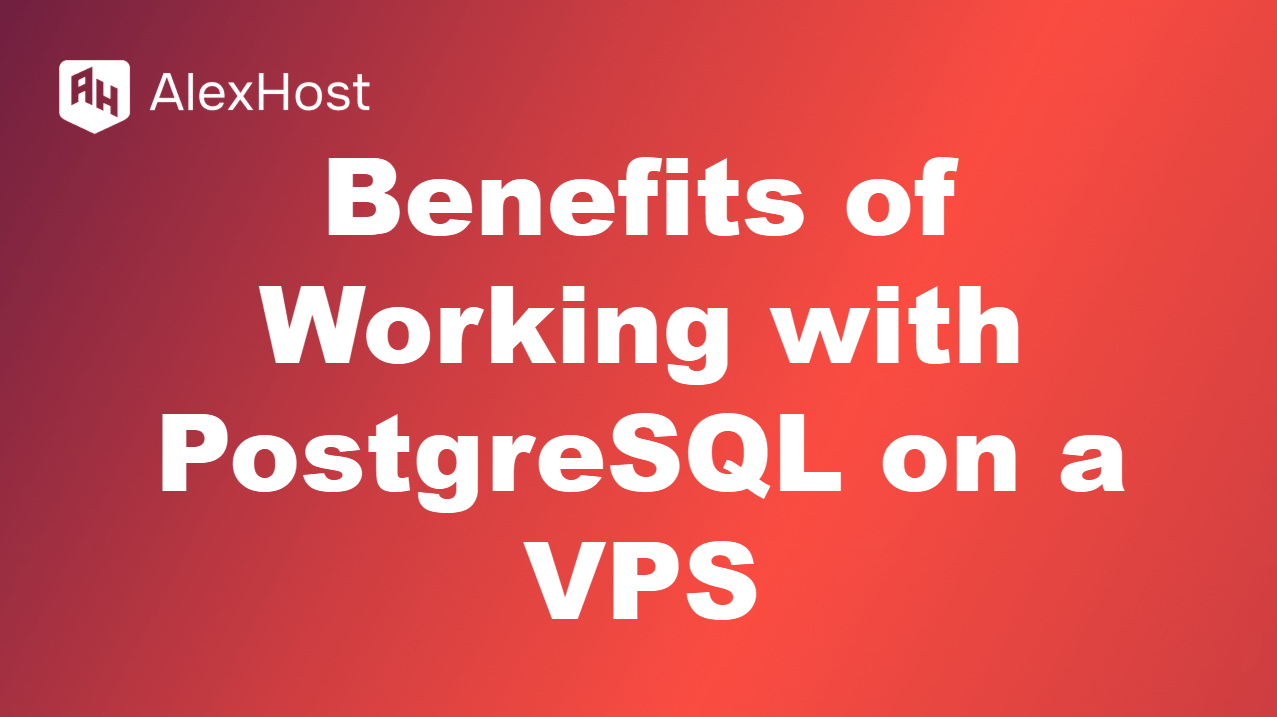Changing the author of a WordPress post is a simple process that can be useful if you’re updating content ownership, managing guest posts, or transferring posts between team members. WordPress makes it easy to change the author of any post from within the admin dashboard. Here’s how you can change the author of a post […]
When you register a domain, your personal information, including your name, address, email, and phone number, is stored in the WHOIS database. By default, this information is publicly accessible, which can expose you to various risks. WHOIS privacy protection (also known as domain privacy) helps to keep your personal information private by replacing it with […]
MongoDB is a popular NoSQL database known for its flexibility, scalability, and performance. It stores data in flexible, JSON-like documents, which is perfect for developers working with dynamic, fast-evolving applications. If you’ve opted to run MongoDB on your own Virtual Private Server (VPS), you’re in for a rewarding experience that will give you full control […]
Leverage Post IDs for WordPress on AlexHost Why use Post IDs on AlexHost? Post IDs uniquely identify WordPress content (posts, pages, media), enabling custom queries, exclusions, and plugin configurations. AlexHost’s NVMe-powered VPS ensures fast database queries for Post ID operations, with root access for advanced customizations. This guide covers finding and using Post IDs on […]
CSF (ConfigServer Security & Firewall) is a popular and advanced server security suite designed to provide protection, firewall management, and enhanced security for Linux servers. It is widely used by system administrators and web hosting companies to secure servers against various security threats, including brute-force attacks, DDoS attacks, and port scanning. CSF integrates well with […]
Create Stellar Content on AlexHost: 9 Tips for Success Why create content on AlexHost? Great content drives engagement and traffic, but it needs a fast, secure platform. AlexHost’s Managed VPS Hosting, with NVMe storage, root access, and 24/7 support, ensures your WordPress or e-commerce site delivers content swiftly and reliably. These 9 tips, tailored for […]
Configure NVLink on Your AlexHost Dedicated Server Why use NVLink on AlexHost? NVLink enables ultra-fast GPU-to-GPU and GPU-to-CPU communication, ideal for AI, deep learning, and HPC tasks. AlexHost’s Dedicated Servers with NVMe storage, root access, and DDoS protection provide the perfect environment for NVLink-enabled multi-GPU setups. This guide covers configuring NVLink for optimal performance on […]
Deploy PostgreSQL on AlexHost VPS for Robust Database Solutions Why use PostgreSQL on AlexHost? PostgreSQL, a powerful open-source RDBMS, excels in flexibility, scalability, and SQL compliance. Paired with AlexHost’s VPS, featuring NVMe SSD storage, full root access, and DDoS protection, it delivers high-performance, secure database solutions for apps of all sizes. This guide explores PostgreSQL’s […]
When eCommerce sales start to dip, it’s essential to take immediate action to identify the cause and turn things around. Ignoring certain key factors can further damage your online business and make recovery more difficult. One solution to enhance your eCommerce operations is leveraging AlexHost’s robust VPS hosting services. With high-speed servers, reliable uptime, and […]
A WordPress health check is a useful tool to diagnose issues, optimize performance, and ensure your site is functioning properly. By performing a health check, you can identify problems related to website speed, security, server configuration, and more. WordPress has a built-in Site Health feature to help you troubleshoot common problems, and you can also […]
















